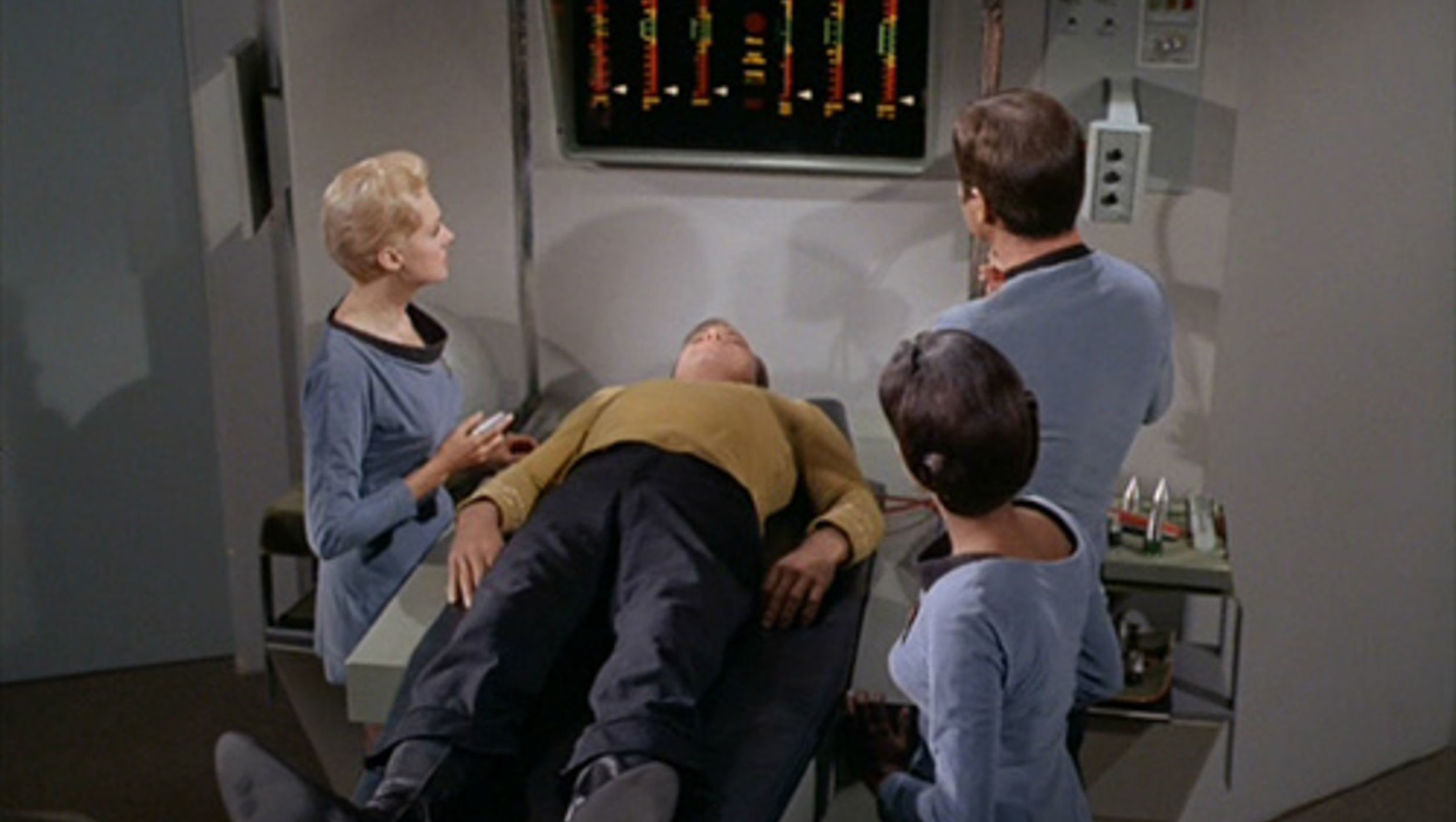Create a free profile to get unlimited access to exclusive videos, sweepstakes, and more!
Suspended animation is no longer just Star Trek, but actual science now

When you think of trying to stop a potentially lethal injury before it does any more damage, don’t you wish we had cryo-chambers like those in Alien or those stasis chambers from Star Trek that kept you in suspended animation over in sickbay until the issue was resolved and you (hopefully) came out alive?
Technology like this is now taking one giant leap straight out of sci-fi and into the realm of real medicine. For the first time ever outside a TV or movie set, a team of doctors has succeeded in placing humans who had suffered severe physical trauma in a state of suspended animation to keep them alive. The fancier name for this technique is emergency preservation and resuscitation (EPR). Not like that matters when you’re bringing back patients from the edge of death.
“What I'm trying to figure out is just how to buy time for people who are dying in front of us,” said Dr. Samuel Tisherman, who is leading the medical team behind the breakthrough, at a recent livestream of a New York Academy of Sciences conference very aptly named "What Happens When We Die," though he stressed that his work is hardly an adventure in science fiction, however much it may sound like it was ripped from a Star Trek script.
Tisherman is the co-author of patent “Emergency Preservation and Resuscitation” and has grant support from the U.S. Department of Defense. Meaning, this is serious.
Acute trauma from something like a stabbing or gunshot wound that results in cardiac arrest can mean there are only minutes to operate before the patient is lost. What inspired Tisherman’s research was a previous case in which a 23-year-old man was stabbed fatally in the heart and rushed to the trauma unit. No matter what doctors tried, they were unable to resuscitate him. It led Tisherman to question what could possibly be done to give a second chance at life to patients who would otherwise be irretrievable from death’s menacing claws.
Human brains can survive without oxygen no longer than several minutes before damage turns irreversible. This is what Tisherman meant by buying time — slowing cellular chemical reactions to the point that the victim hardly needs any oxygen.
In the livestream, Tisherman described EPR as “protection and preservation of the whole body during a period of no blood flow of two hours or longer to allow transportation and control of bleeding by delayed resuscitation” which “could allow survival from otherwise lethal [injuries.]”
The procedure isn’t as simple as just sliding someone into one of the stasis chambers in sickbay. Outside a fictional starship, the patient’s body has to be rapidly cooled to around 50-60 degrees Fahrenheit, drained of blood, and refilled with freezing saline. Brain activity comes to a near-standstill. The patient, who would be otherwise declared dead, is then moved to the operating room, where surgeons have two hours to get injuries under control.
After surgery, the person is warmed up, undergoes a blood transfusion, and has their heart restarted. Reperfusion injuries, which can be a reaction of a person being warmed up after their body temperature has been lowered to such an extreme as in EPR, and a medical antidote for them still need more investigation.
So EPR might not be as easy as sticking someone in a drawer on the Enterprise, but it's likely not an understatement to say that it is an advancement that could drastically change the future of medicine, and humanity.


























